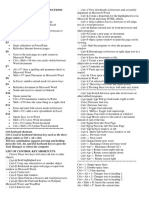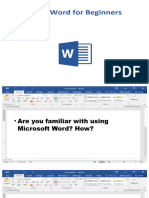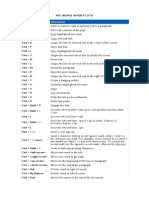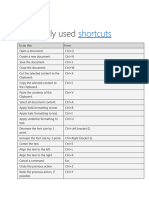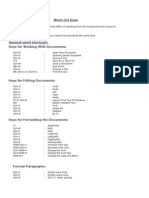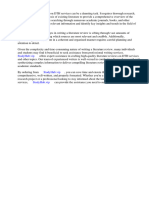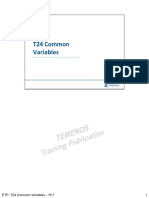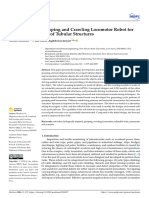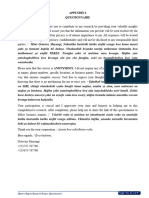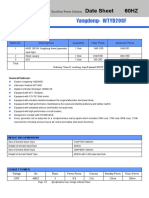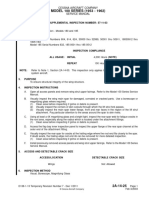0% found this document useful (0 votes)
17 views5 pagesComputer Practical Theory
The document provides a comprehensive guide on creating and managing Word documents, including instructions for saving, selecting text, changing font styles, inserting objects, printing, and using keyboard shortcuts. It outlines various functionalities such as copying, cutting, pasting, and inserting tables of contents and page numbers. Additionally, it lists essential keyboard shortcuts for Microsoft Word and general Windows operations to enhance productivity.
Uploaded by
kimivan852Copyright
© © All Rights Reserved
We take content rights seriously. If you suspect this is your content, claim it here.
Available Formats
Download as DOCX, PDF, TXT or read online on Scribd
0% found this document useful (0 votes)
17 views5 pagesComputer Practical Theory
The document provides a comprehensive guide on creating and managing Word documents, including instructions for saving, selecting text, changing font styles, inserting objects, printing, and using keyboard shortcuts. It outlines various functionalities such as copying, cutting, pasting, and inserting tables of contents and page numbers. Additionally, it lists essential keyboard shortcuts for Microsoft Word and general Windows operations to enhance productivity.
Uploaded by
kimivan852Copyright
© © All Rights Reserved
We take content rights seriously. If you suspect this is your content, claim it here.
Available Formats
Download as DOCX, PDF, TXT or read online on Scribd
/ 5







